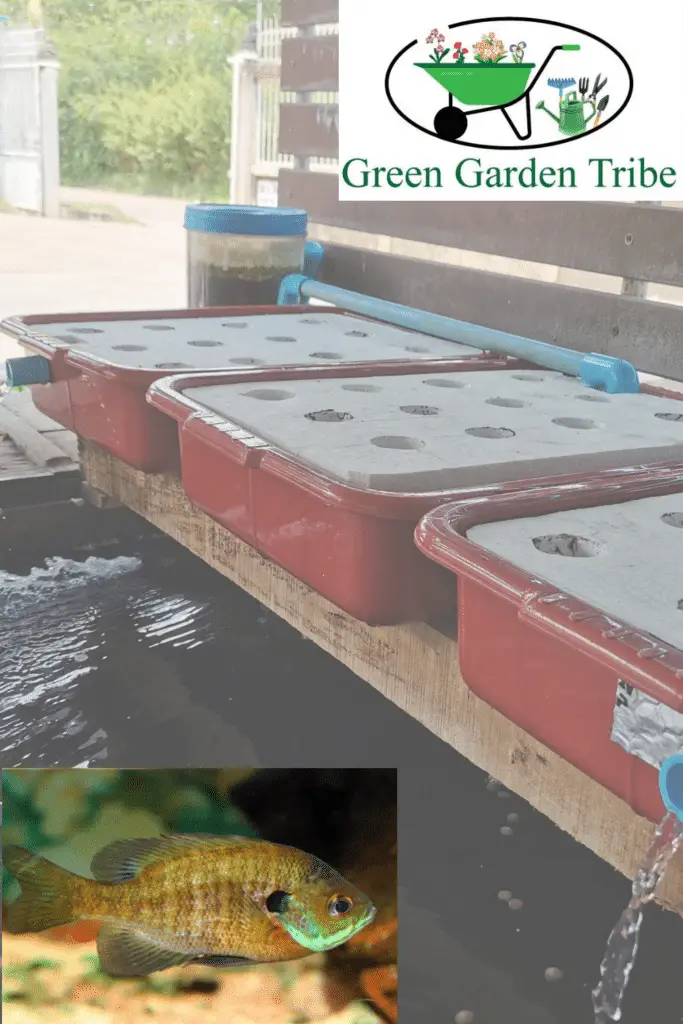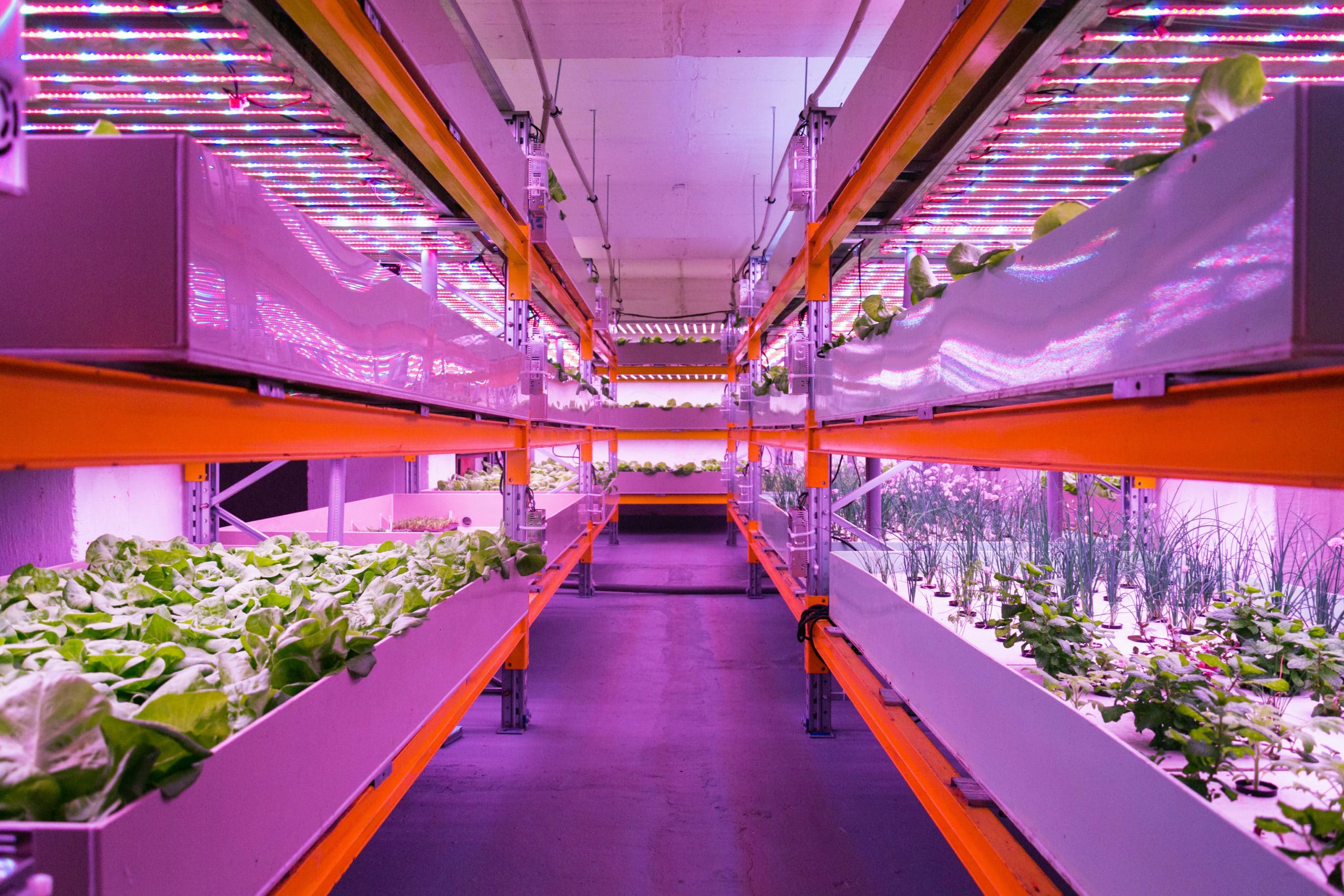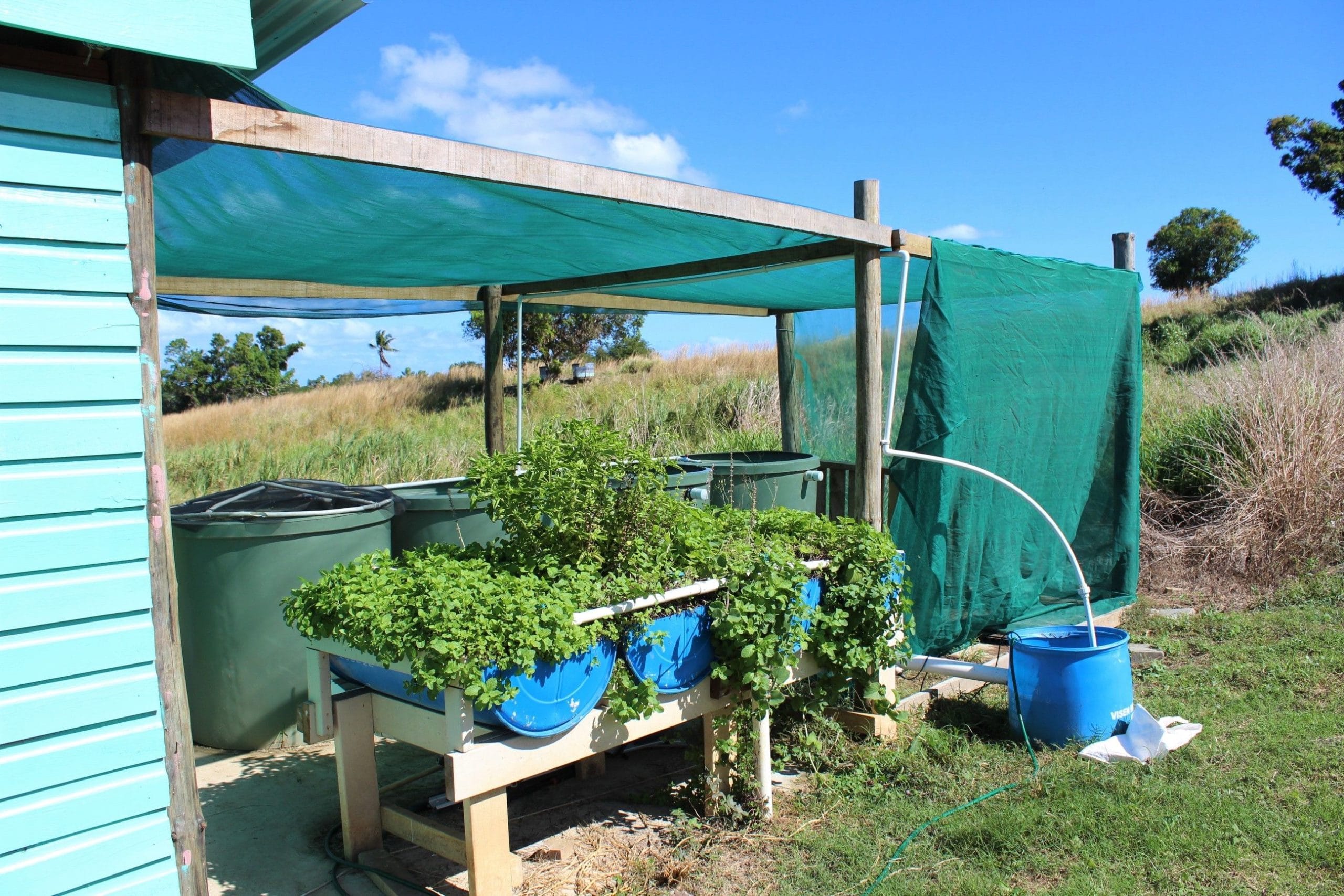Let’s say that you just finished building your aquaponics system, and the next thing you have to do is decide what fish to use.
There are many fish options to grow in an aquaponics system. Some of the common ones people choose include tilapia, koi, catfish, and largemouth bass.
But you don’t have to follow what others are growing in their aquaponics systems – you can find another fish to cultivate.
Why not start thinking of a fish called Bluegill. This article will help you familiarise yourself with Bluegill fish and assist you in growing them in an aquaponics system.
Bluegills will thrive if provided with the optimal environmental conditions. The advantages of growing Bluegills are:
- Easy to raise and handle
- Easy to harvest
- They have a delicious and firm meat
- They have a good growth rate due to their flexibility
- They can live with other fish
When talking about sturdy fish to grow in an aquaponics system, the first and best fish on my mind is none other than the Bluegill Fish.

Bluegills are freshwater fish and are members of the sunfish family called Centrarchidae. They are usually found in the lakes, streams, and rivers of North America.
Bluegills are also known by several other names. Perhaps you may recognise them better when they are called Bream, Brim, Sunny, or Copper Nose.
Remember, they’re not different fish – these names all refer to one fish only – the Bluegill. They have a lifespan of 10 years maximum and a standard length of 19 centimeters.
This fish usually hides around old submerged tree stumps or other underwater structures. It can live in either shallow or deep water, and some have been known to grow to a length of 30 centimeters!
Moreover, Bluegills are prolific breeders, which means they can quickly reproduce and usually in a large amount of ‘children’.
A remarkable feature of Bluegills is that they are protective of their babies. The male Bluegill will create a dish-shaped nest in the wild and aggressively protect his family from intruders.
The Bluegill males are highly aggressive when protecting their families. There are reports of relatively small Bluegills males attacking nearby snorkellers if the Bluegill senses that they pose a threat!
Unlike other fishes, Bluegills are easy to identify in terms of gender. Male Bluegills have red bellies, while female Bluegills have yellow bellies.
This fish has an oval-shaped body with dark greenish color that resembles the shade of moss in rivers. Other bodily features of Bluegills are that they have a black earflap behind the eyes and vertical dark bars all over the body.
Also, Bluegills are considered a sport fish in the U.S., and many lakes and ponds, managed by recreational fishing regulations, are stocked with Bluegills.
People like eating these fish. They’re flatfish – usually called panfish as their shape means easy cooking in the frying pan!
With that in mind, this type of fish has made its way to becoming famous due to its character.
Bluegills have no fear of humans so, if you can find them and identify them, you can invariably find a way to catch, cook and eat them!
Are Bluegills Easy To Raise? Yes, they are!
The subsequent vital question to answer is whether or not they are easy to raise in an aquaponics system.
Since Bluegills are freshwater fish and feed themselves through their favorites, what could be the changes when growing them in an aquaponics system?
Bluegills usually eat different insects, worms, snails and other small fish like minnows.
Bluegills are one of the many fishes considered easy-to-care-for fish or fishes that are easy to raise.
This quality is made possible because of the sturdy character that made them capable of thriving in either winter or summer without the need for heaters.
Another reason why some farmers prefer to grow Bluegills is their firm meat, unlike other fishes.
Bluegills will thrive if provided with the optimal environmental conditions. You could choose other types of fish, but they all usually require specific conditions to survive and aren’t nearly as easy or relatively inexpensive to raise.
The Bluegill doesn’t disappoint in any of those areas. It is always preferable to go for a reasonably affordable but rewarding fish, and the Bluegill is the one.
In a nutshell, Bluegills are easy to raise if all the requirements for them to grow are met. The snag, however, is that setting up the aquaponics system for Bluegills may not be an easy task to do.
There are many things to observe when raising Bluegills which are discussed in the next section.
How To Grow Bluegill In An Aquaponics System?

When growing Bluegills in an aquaponics system, there are several things to remember to keep them healthy. To do so, always remember these things:
Stocking Density
The stocking density of the tank in an aquaponics system is the primary factor to consider. Overpopulation of the tank must be prevented, or it will lead to stress and tension among the fish, due to limited space.
When growing fish in an aquaponics system, they should be comfortable, and this is not only for Bluegills but for any type of fish that can be raised in an aquaponics system.
One way to do this is by following the general rule of thumb, which is maintaining a ratio of 1lb of Bluegill per 10 gallons of water.
Tank Size
Next to look for is the tank size. The tank size will determine the stocking density of your aquaponics system. Determine the tank size to know how many gallons of water it can hold and then determine the number of Bluegills to grow in it.
Always take this process seriously because you have to provide enough space for the Bluegills when they are grown in full size. Remember, Bluegills can reach up to and beyond 19 cm.
The tank size should be large enough to accommodate them without limiting their space.
Water Temperature
Following the tank size is the water temperature.
The water temperature is essential because this is the lifeline of the fish and even the whole aquaponics system. The ideal water temperature for Bluegills is between 65°F and 80°F.
Interestingly, Bluegills are known for their adaptability, and they can tolerate temperatures outside the ideal range. Facts that go towards making Bluegills a safe choice to grow in an aquaponics system. However, one should not take advantage of their adaptability. Avoid the water from getting too hot.
Feeding Cycle
Feeding Bluegills isn’t hard at all despite being omnivorous and having a wonderful diet in the wild. They can thrive on plants, seeds, algae, insects, and insect larvae. But they can also flourish on pellets that contain all the necessary elements for fish.
When feeding the fish, always put a sufficient amount of pellets they can consume. Avoid any leftovers as this can lead to the growth of harmful bacteria. Immediately scoop out any leftovers when you see them in the tank.
For this reason, you only have to feed them three times a day and gradually adjust the number of pellets based on how much they can consume.
Feed them in the morning, in the afternoon, and during the evening. It is not advisable to feed them at noon where the sun is at its peak since they don’t like hot conditions.
Other necessary things.
Other necessary things to look for when raising Bluegills are the sunlight, pH level, and oxygen levels. None of these factors should be ignored as they are as essential as the previous ones.
Since Bluegills do not like extreme heat conditions, it is best not to expose them to heat for any length of time. Yet, it is advisable to let them feel the sunlight for a short time as they enjoy it.
As for the pH level of the water, the optimum range for Bluegills is around 6.5 to 8.5. The minimum oxygen requirement of Bluegills is 5mg/L of oxygen concentration, but higher than this range is not bad.
What Factors To Consider When Growing Bluegills?
Aside from the things mentioned in the previous section, there are other factors to look for when growing Bluegills.
However, this does not apply to Bluegills only but to other types of fish as well. But every fish requires a different treatment plan, and in the case of Bluegills, these are the factors to consider:
Tank Condition
The tank condition should also be observed by simply keeping it clean. Use a scraper to clean the side of the tank to remove the algae. You don’t have to take the algae out of the tank since Bluegills can eat them.
Water Condition
Bluegills produce a lot of waste, and, in order to keep the water condition healthy for both plants and the fish, it is best to change things occasionally and invest in good water filters. When changing the water, drain it at a rate of 25% to prevent the Bluegills from shock or stress.
Diseases
One common disease that Bluegills can suffer from is a red sore disease caused by Aeromonas hydrophile.
The symptoms of this disease show red lesions on the tip of dorsal fins when mild, and they can become ulcers on their side when it became severe. Separate the infected fish in another tank and apply a 3% salt bath to treat the disease.
Breeding Cycle
Bluegills release eggs for about 12,000 to 60,000, depending on the size. Apply a substrate (an under layer) of sands in the tank to help the male Bluegill build nests. When the eggs are hatched, separate them into a different tank since some adult Bluegills tend to eat the young.
Can Bluegills Live With Other Fish?
Another reason why Bluegills are the best option for growing in an aquaponics system is their social ability to live with other fish.

They can be a good companion with other fish like catfish, tilapia, koi, and goldfish without any issues or any varieties of sunfish. The best part is that when you mixed Bluegills with these types of fish, the Bluegills will act as cleaners by eating algae to control its growth.
Thus, Bluegills are not only flexible to environmental conditions but also social conditions. You can either cultivate just Bluegills or mix them with other fish without any worries. Remember to ensure there is enough room in the tank for the fish to grow.
Are Bluegills Edible?
Bluegills have firm and tasty meat making them an ideal ingredient for some delicious dishes. Because of its firm meat, Bluegills are good for pan-frying and open-fire cooking.
They are even great for campfire meals because they are tasty and flakier than other freshwater fish.
Moreover, the diet of Bluegills is another reason why they are less likely contaminated with harmful substances that may infect humans once eaten. They feed on insects, plants, and algae, unlike other fish that prefer to eat things from the bottom of the water containing dangerous substances.
There are several ways to prepare Bluegill, and the standard way to cook them is by simply frying them in a pan until they are golden brown or crispy.
People can choose either scaled, skinned, or filleted. You then add your favorite seasoning and toss them in the pan with preheated oil.
More importantly, Bluegills are diet-friendly meals, a lean protein source, and help regulate healthy blood cells.
This is more than enough reason why you have to use Bluegills in your aquaponics system. Once harvested, you will have a good source of protein and additional income by selling some of it.
Personally, this is a conscience call; but having raised lots of little Bluegills, worried over them, cared for them, and generally parented them, I have hesitation in eating them. Much as I like fish – I think I’ll pass. The Bluegills are off my menu!
The disadvantages of growing Bluegills are:
- They produce a lot of waste.
- They tend to eat their young.
Final Thoughts on Why Use Bluegill Fish in Your Aquaponics?
At this point, you may have already decided to go for Bluegills in your aquaponics system. The advantages of growing Bluegills outweigh the disadvantages. All you have to do is follow the necessary steps to keep them healthy and alive.
I’ve already taken to the Bluegill project and think they are a worthy fish for the Aquaponic System.
I hope we’ve given you all the information you need to realise you can successfully rear the Bluegill fish the Aquaponics way.
Read More:
Top 11 Best Fish for Aquaponics
Best Mosquito Eating Fish for Ponds
How to Grow Strawberries In Aquaponics – Expert Secrets Revealed!

